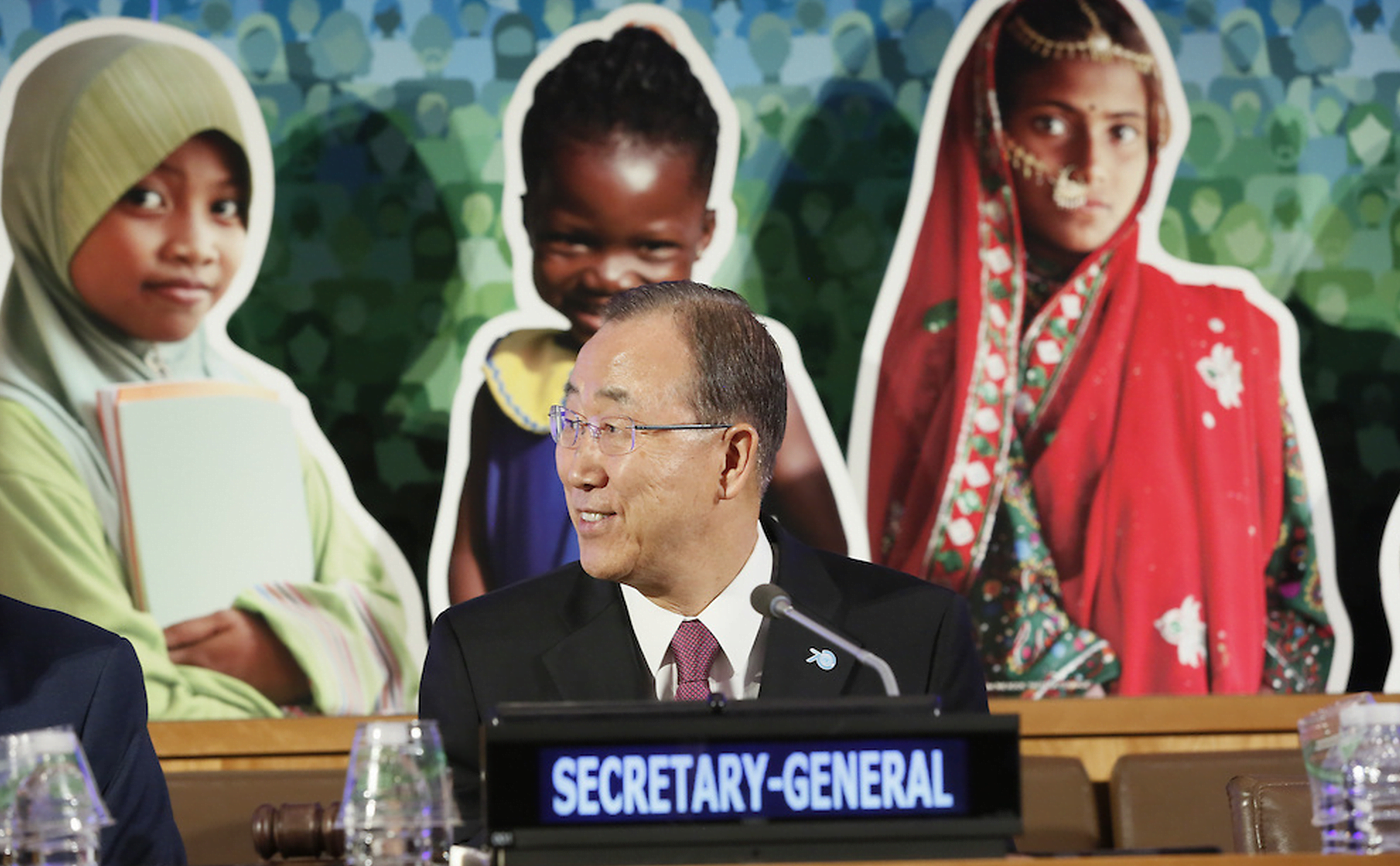Now that the UN and global community officially adopted the Sustainable Development Goals last week, the real work begins. One of the key holdovers from the Millennium Development Goals is the issue of maternal and childhood health. After making incredible strides since 2010, the Every Woman Every Child initiative (EWEC) is now gearing up to for the post-2015 agenda to end all preventable maternal deaths and the deaths of children and adolescents around the world.
That is an ambitious goal, especially given the origins of EWEC. In 2010, ten years into the MDGs, the goals related to maternal and child health were woefully behind the progress the international community was making on the other goals. To galvanize political will, the Secretary-General launched EWEC in an attempt to make up for lost time. It largely worked; in just five years, maternal deaths and preventable death of children under the age of five have been reduced by almost half worldwide.
However despite having the lowest child mortality rate in history, the problem remains that far too many women and children die from completely preventable causes. In 2015, nearly 6 million children will die, half of them in their first month. That works out to 11 children every minute, or nearly 100 million children by 2030 when the SDGs are due to end. At a high-level event on the fifth anniversary of EWEC this week, BBC journalist Zeinab Badawi appropriately asked, “How many deaths are acceptable?”
Now with the official launch of the Global Strategy for Women, Child and Adolescent Health, the goal is to create communities that not only allow women and children to survive, but thrive. By taking an integrated approach and creating new partnerships between governments, NGOs and the private sector, EWEC hopes to build upon the progress made under the MDGs to make no death acceptable.
The integrated approach that many of the SDGs aim to create is a fundamental shift from the previous approach taken under the MDGs. The difference between the post-2015 agenda and the MDGs set up in 2000 is that we now better understand that individual sectors – whether it be in health, nutrition, sanitation or women’s empowerment – cannot achieve any of the goals on their own. It will require the cooperation of all sectors, as well as governments and UN agencies, to get to where women and children deserve to be.
And the re-launched EWEC is off to a good start. So far 45 countries and 120 multistate actors have already pledged more than $25 billion in monetary and in-kind contributions for the initiative. Assisted by UNICEF, the initiative is starting an innovation marketplace to not only come up with new solutions for problems facing women and children, but also match financing for these programs and work on the hard task of scaling up proven interventions to the country level.
Perhaps more importantly, for the first time the role of conflict in putting women and children at risk for early death is being incorporated into the EWEC program.
As Princess Sarah Zeid of Jordan told UN Dispatch, the majority of preventable deaths are in crisis settings where 75 per cent of those displaced by conflict are women and children. Although these communities are the most vulnerable in the world, they are also left behind normal development efforts due to the high degree of difficulty in providing services to them. However that gap is now bring bridged with new efforts to include humanitarian crisis settings in the programming of EWEC.
All of this is underlines the real progress and potential the SDGs have in bettering the lives of women and children around the world. However now that the goals are set, it’s time to find new ways to reach them even in the most difficult of settings. While EWEC is off to a good start with $25 billion in pledged financing and political commitments, it remains to be seen if it can reach its ambitious goal by 2030 as planned.
